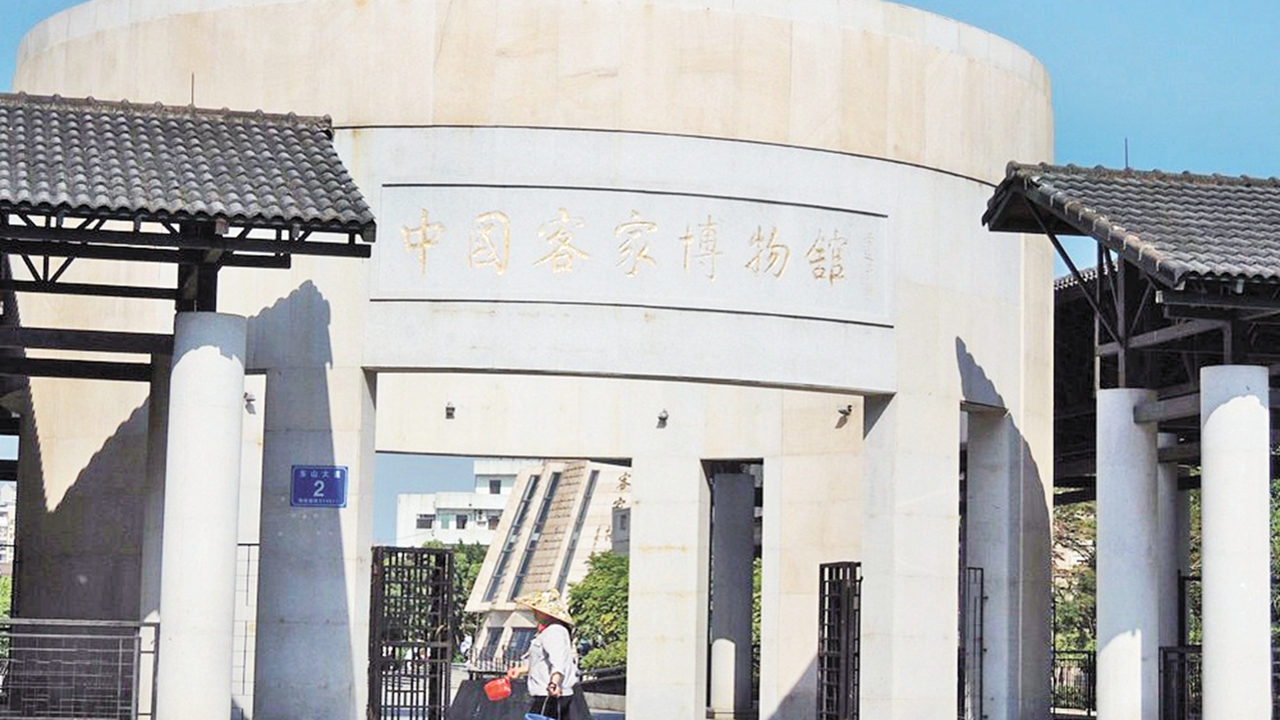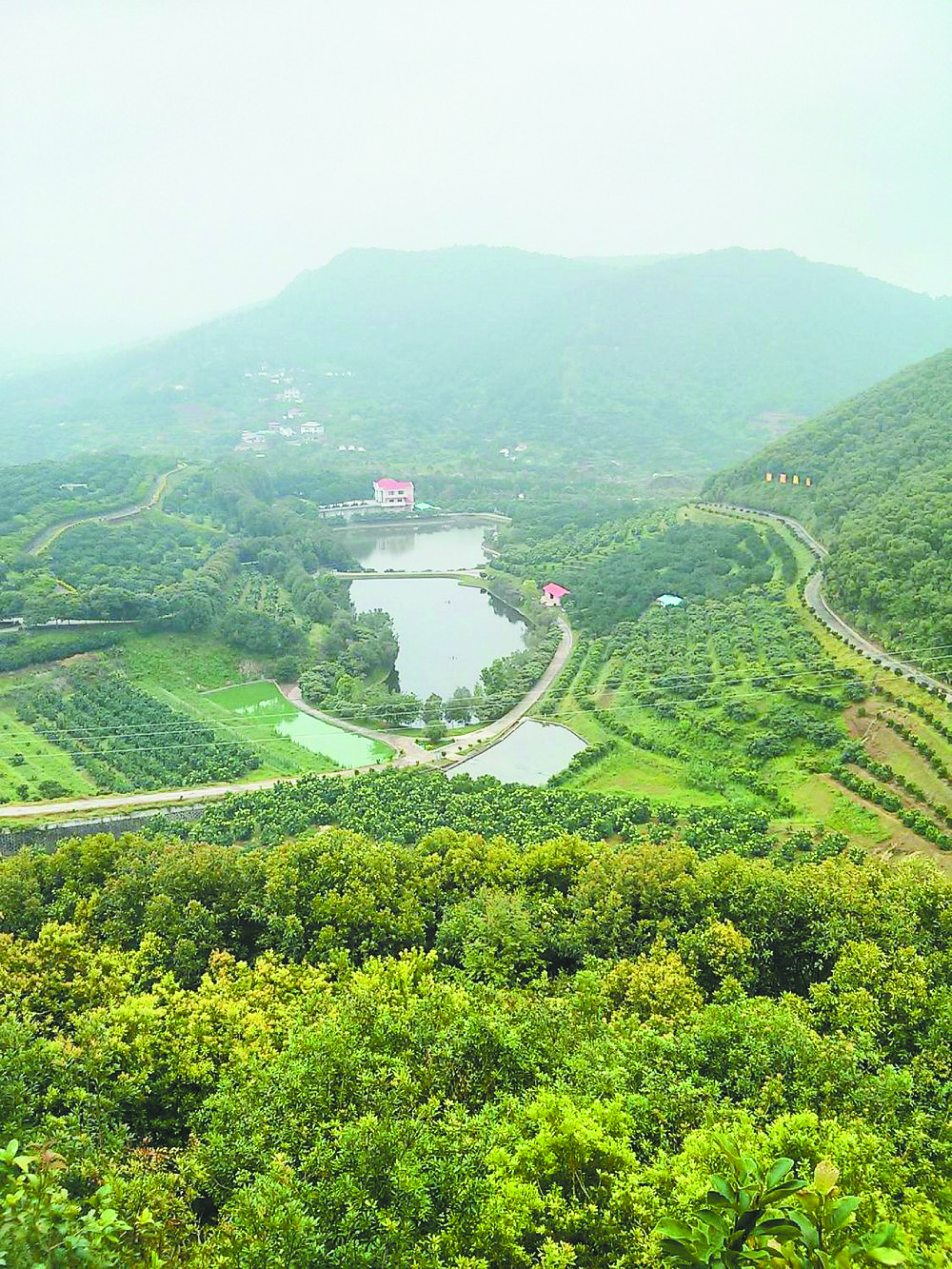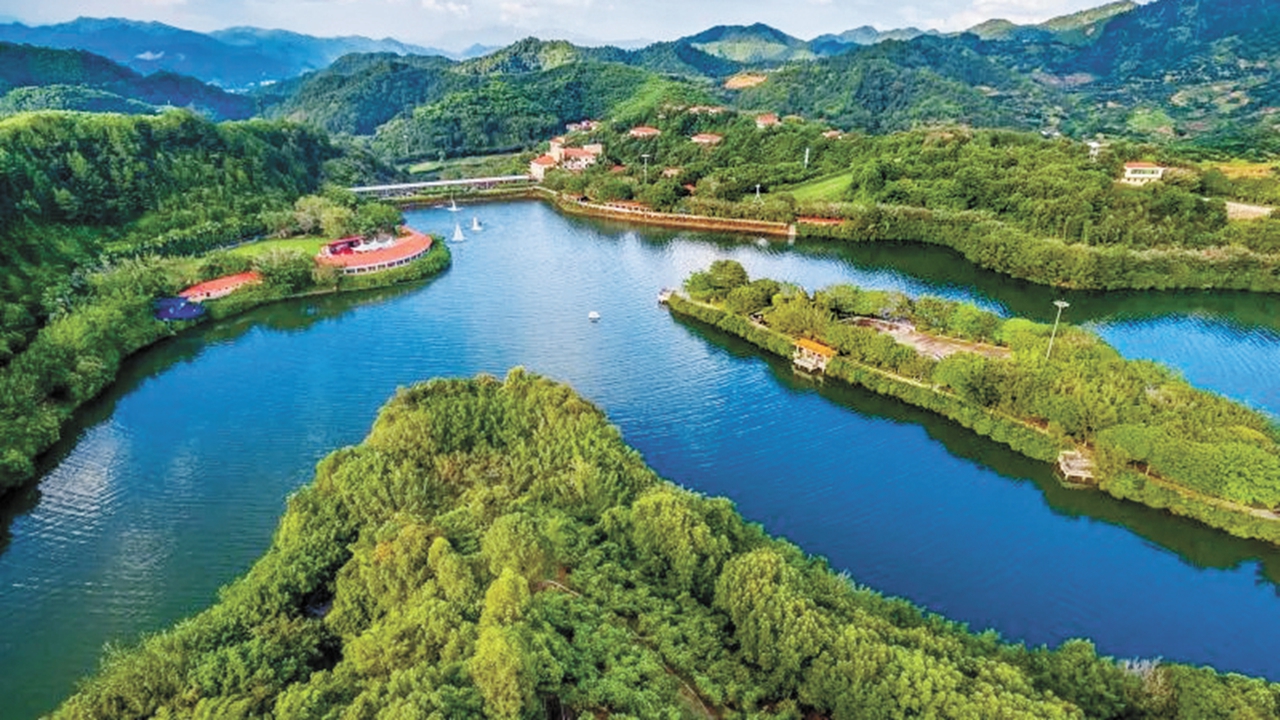A spontaneous weekend trip in Meizhou
Writer: Wei Jie | Editor: Lin Qiuying | From: Original | Updated: 2024-10-14
Dubbed the “Hakka Capital of the World,” Meizhou in eastern Guangdong Province is a primary settlement for Hakka people,with their time-honored traditions, cultural heritages and architectural styles.
It is believed that the Hakka originated from Central China, and relocated south during the Qin (221-206 B.C.) and Han (206 B.C.-220 A.D.) dynasties. The name Meizhou was acquired during the Northern Song Dynasty (960-1127) due to the abundance of plum trees found there.
The city is home to more than 20,000 well-preserved Hakka semi-circular round houses, which are considered one of the five iconic types of Chinese vernacular architecture. In 2013, China (Meizhou) Immigration Memorial Square, established by UNESCO, was completed, further highlighting the city’s rich heritage.
Some 350 kilometers from Shenzhen, Meizhou has become easily accessible via high-speed train now that the rail services began operation Sept. 14.
Hop on a train at Shenzhen North Railway Station, and in 1.5 hours, you are in Meizhou ready for a spontaneous weekend escapade.
Jiaying Ancient Town (嘉应古城)
Jiaying Ancient Town is a popular tourism destination in downtown Meizhou, showcasing a variety of well-preserved Hakka houses that blend Chinese and Western architectural styles.
The Xuegong Academy on Lingfeng West Road was historically the highest educational institution in Meizhou. Built during the Northern Song Dynasty, it is now the site of the Meijiang District Museum.
Constructed in 1746, the Octagonal Pavilion is renowned for its exquisite craftsmanship and compelling design. It was originally named the “Reception Pavilion” as it hosted welcoming ceremonies for officials arriving in then Jiaying Prefecture by waterway.
The Yuancheng Square was named in honor of the Northern Song official Liu Yuancheng, who promoted cultural and educational advancements in Meizhou. The square features ground and wall sculptures and incorporates the layout of Jiaying’s administrative office during the Qing Dynasty.
Hakka Museum of China
(中国客家博物馆)

Hakka Museum of China. File photos
Located at No. 2 Dongshan Boulevard in Meijiang District, the Hakka museum is dedicated to showcasing the history, culture and evolution of the Hakka people. The museum houses a rich collection of historical artifacts and folk relics related to Hakka culture.
Lingguang Temple (灵光寺)
Nestled at the foot of Yinna Mountain, Lingguang Temple is one of four most famous Buddhism temples in Guangdong, alongside Yunqing Temple in Zhaoqing, Nanhua Temple in Shaoguan, and Guangxiao Temple in Guangzhou. Built in 861, the temple features an intricate layout, with its main hall distinguished by its “pineapple top” that resembles the tropical fruit. It is believed that the pineapple top design allows for excellent airflow, ensuing that even during peak incense offerings, the interior remains smoke-free, and the temple roof often stays leafless, making it a masterpiece of temple architectural art.

Lingguang Temple
Standing in front of the temple are two ancient cypress trees, each approximately 1,000 years old — one thriving, the other withered. The withered cypress has stood intact for more than 300 years, and is known as the “Tree of Life and Death,” adding an aura of mystery to the temple.
Baihou Old Town (百侯古城)

Baihou Old Town features well-preserved ancient Hakka buildings.
Located in Dapu County, Baihou Old Town features well-preserved ancient buildings and a profound historical and cultural heritage of the Hakka. Baihou means “more than 100 talents.” Boasting local cultural exhibition halls and beautiful natural resources, the old town offers a glimpse into the thousand-year life story of the Hakka people.
Yannanfei tea-themed scenic area
(雁南飞茶田风景区)
When visiting Meizhou, be sure to immerse yourself in the authentic hospitality of the Hakka people at the Yannanfei tea theme park. Situated in Yanyang Township, the scenic area offers picturesque views of mountains, blooming flowers and lush tea plantations. You can indulge in the flavorful Hakka cuisine, savor the fragrant Yannanfei Tea, and enjoy captivating performances of Hakka songs and dances in traditional half-circular round houses by the Yan’e Lake.

An aerial view of Yannanfei tea-themed scenic area.
Within the scenic area, the Qiaoxi Ancient Charm features 16 buildings that have been listed as Guangdong provincial cultural relics, including the impressive Jishan Building and the uniquely designed Baoshan Building. The traditional Hakka residences, with their winding stone paths, clear creeks, and ancient trees, create a setting for the ideal pastoral life of the Hakka.
Yanshan Lake International Resort (雁山湖国际度假区)

An aerial view of Yanshan Lake International Resort.
Spanning more than 500,000 square meters of pristine water areas and a 6-square-kilometernational forest park, the Yanshan Lake International Resort is a premier national tourist attraction with rich ecological resources. The resort features a self-service “smart ecological hotel” and high-tech homestays called Earth Cottages. Catering outdoor fun and agricultural experiences, the resort is perfect for leisure vacations, family get-togethers, team-building and conferences.
Nanshou Mountain area
(南寿峰旅游景区)
Located in Songkou Township, the Nanshou Mountain tourism area integrates ecological beauty, traditional Hakka culture, and wellness practices rooted in traditional Chinese medicine (TCM). Attractions include the Hakka farming experience area, the Changshou Valley waterfront recreation area and the southern China TCM history area.
The Hakka farming experience area showcases the Hakka lifestyle through 3D paintings. Various farming tools and daily use utensils are displayed in the area, allowing visitors to experience traditional grain processing tools like threshers, grinders, mortars, and windmills.
As you stroll through the southern China TCM history area, you’ll encounter nearly 1,000 varieties of medicinal herbs, gaining insights into their stories, origins, uses, and potential side effects.